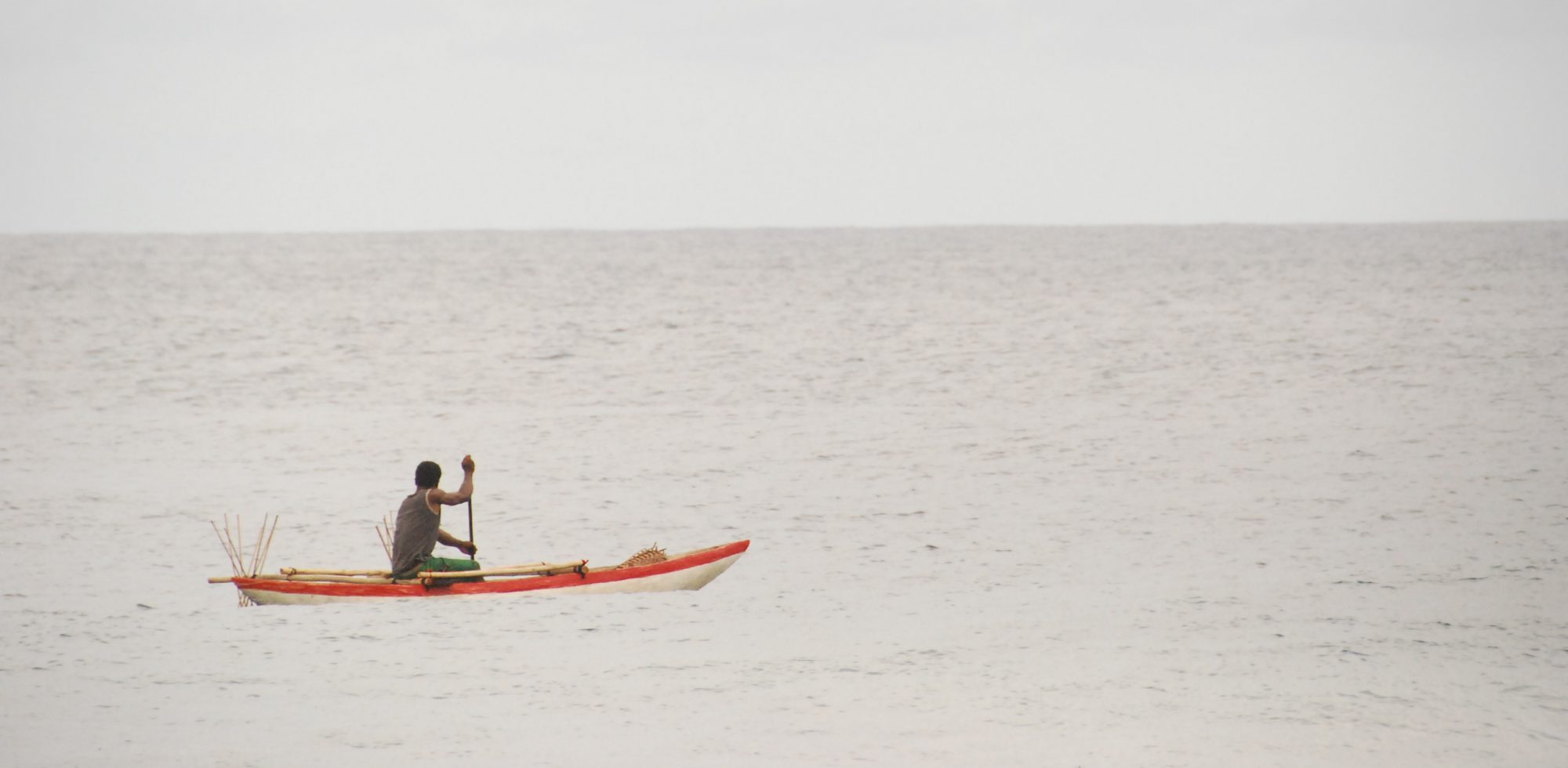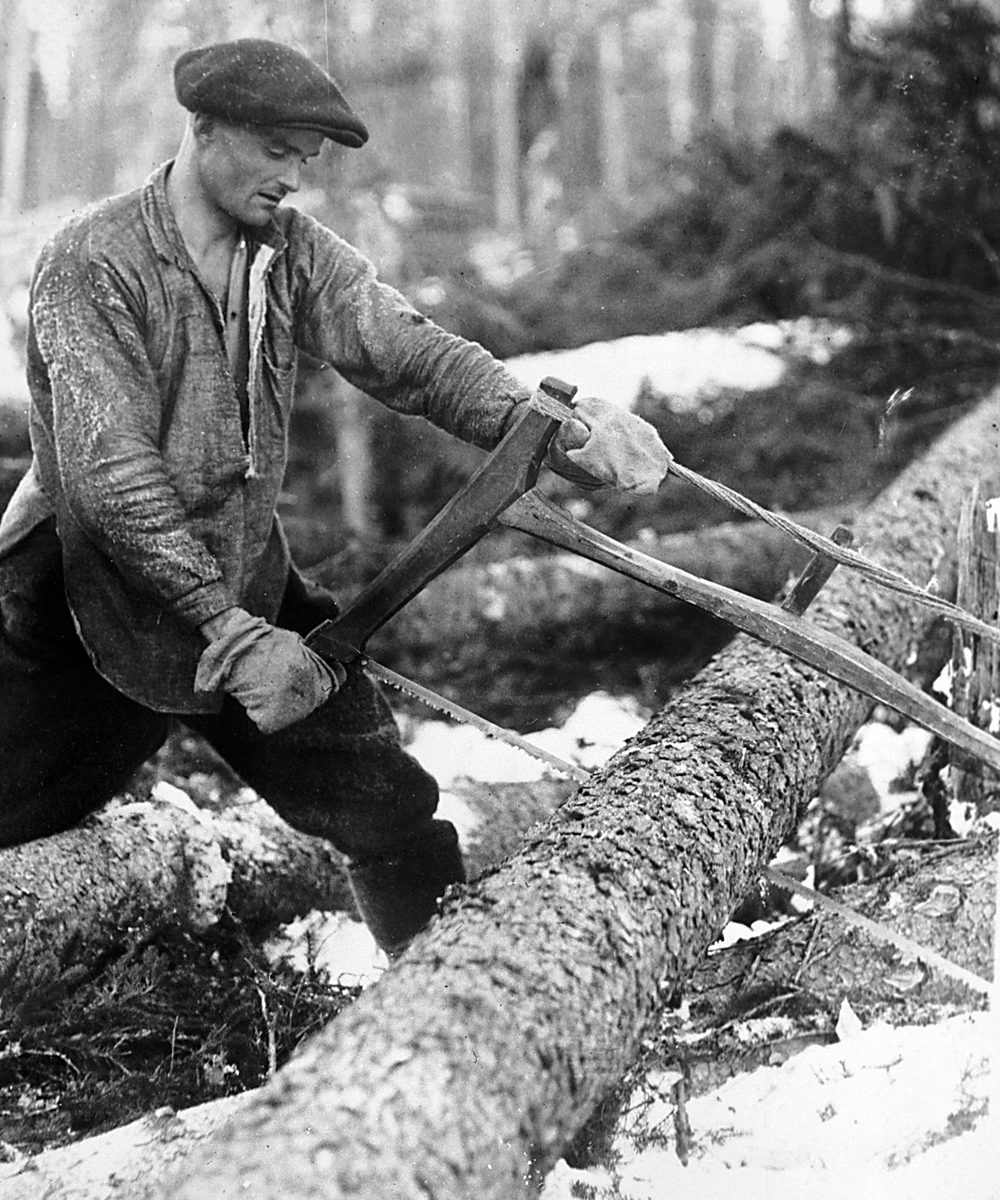Anna Sokolova (Helsinki Collegium for Advanced Studies) gave a talk on the 1st of February 2023 entitled: ‘Red Fever’: State Timber Production and Commercial Berry Harvesting in Late Soviet Karelia.
In my talk, I will address the case of commercial berry harvesting in northern Soviet Karelia during 1970s. My research is based on field and archival research in the Muezersky and Louhsky districts of Karelia, conducted in 2018-2021. The main focus of the research is everyday life and practices in timber production settlements during 1960-1980s.
According to my research, the work on the timber production plots was a good and stable source of earnings for the settlers, however, it was not a way of access to the modern technologies of everyday life – such industrial goods as clothes, domestic appliances, cosmetics, and perfumes. The assimilation of Karelian nature resources forced Soviet industry to elaborate new timber production technologies, but not technologies for everyday life. A new institute of commercial berry gathering, developed in the mid. 1970s. was to solve this problem. A network of state berries collection points became a space of market economy inside the late Soviet Socialist environment as the export of the berries was in exchange not only for money but for a short supply of scarce goods, which Soviet industry failed to produce. Finnish and Japanese rubber boots, video players, tv sets, tape recorders, clothes, and jeans, were available at collection points in exchange for the berries. And access to these technologies, unavailable in the USSR, formed the tension of ‘red fever’, which became a symbol of Late Soviet welfare in Karelia. The newly established institute was based on the archaic practice of hand gathering, which became a unique source for overcoming Late Soviet shortages. I argue that modern technological consumption grew out of an assemblage that included logging technologies, nature’s response to logging, the limited capabilities of Soviet light industry, and revised peasant technologies.
This new practice created a variety of consumption relations in the settlements, which were formed into a chain of consumption around berry picking. The access to modern technologies of daily life, which the Soviet industry could not create, was achieved through an assemblage of consumption in which a whole series of efforts, goals, and acquisitions within the Soviet forestry industry allowed for greater efficiency in private commercial berry picking. Thus, just as the chain of production and consumption around Matsutake mushrooms described by Anna Tsing creates international and intercontinental connections within capitalist precarity , the chain of relations formed around berry picking allowed Soviet workers to transcend Soviet norms, to go beyond the local and enter global commodity relations, and even global markets. Moreover, this assemblage of consumption seriously compromised the Soviet basis of supply, introducing timber production workers into the system of market relations as full-fledged actors. At the same time, this new practice destroyed the line of movement from peasant to worker, which can be traced to the work of all state institutions and the vernacular practices of logging camps. Archaic manual labor, the “backward” practice of gathering, which Soviet discourse associated with long-abandoned social relations and cultures of a different, non-industrial type, became the main route of access to modern goods, leaving industrial logging a supporting role in this process. In this way, the new practice seemed to equalize the modernity of production and consumption.

